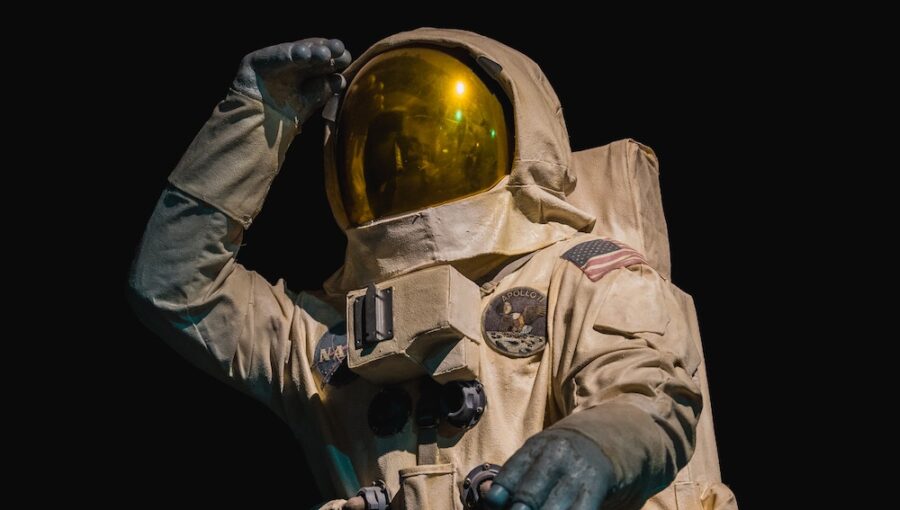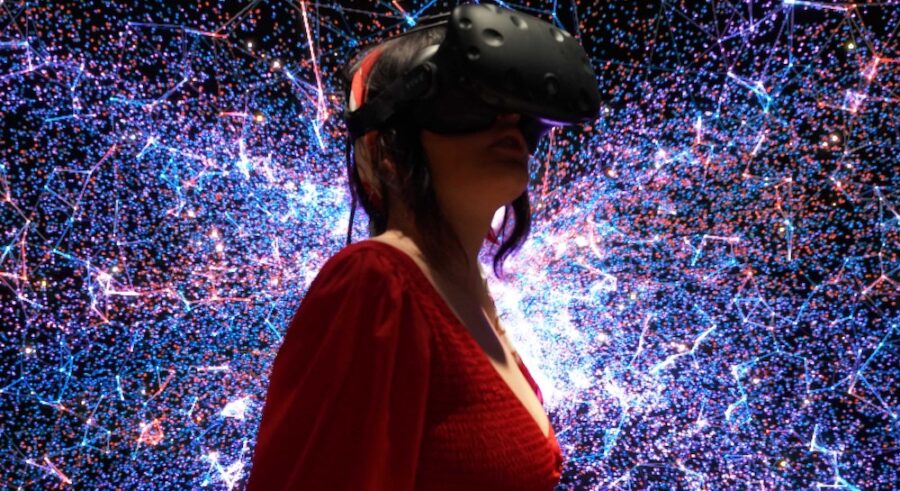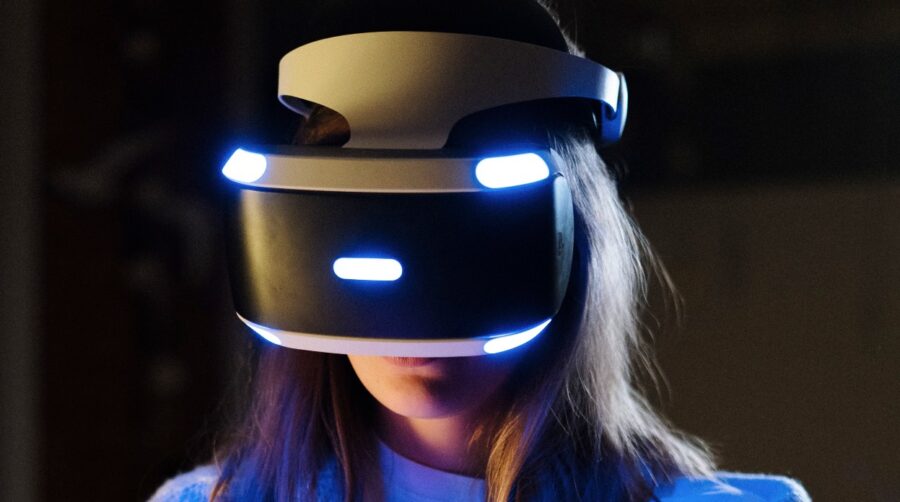VR Meditation Is So Helpful That Astronauts Are Using It

Exciting news is afloat for fans of both meditation and Virtual Reality (VR)—Android Central reports that HTC is collaborating with SpaceX, XRHealth, and Nord-Space ApS to introduce the HTC Vive Focus 3 VR headset to the International Space Station (ISS).
A Mental Respite In Space

The device is intended to facilitate VR meditation, offering astronauts a means to escape the confines of their cramped, poorly lit environments. This prospective mental respite could make all the difference, especially on projected, incredibly lengthy missions.
Among the first to test this exciting technology in space is Danish astronaut Andreas Mogensen, Commander of Expedition 70. Like all astronauts confined to tiny areas for extended periods of time, Mogensen faces unique mental challenges.
For Mogensen, meditating through a VR headset would improve his quality of life in space and potentially, greatly extend his capacity for remaining aboard the ISS.
VR Meditation More Effective

Here on Earth (for those not reading this article on the ISS), the benefits of VR meditation are garnering increased attention and appreciation.
Particularly when it comes to gear like the Meta Quest 3, studies increasingly suggest meditating in Virtual Reality amounts to a more effective experience than doing so through other meditation methods. Who wouldn’t want to benefit from some VR zen during the hectic holiday season?
VR Making All The Difference

Because the ISS is roughly the size of a six-bedroom house, it provides limited space, to say the least, and fairly static views, all of which amounts to a challenging habitat for lengthy stretches of time.
In such an environment, a VR headset can make all the difference, constituting a valuable tool for encouraging mental health.
VR meditation through such a device would situate activities like playing games to achieve daily exercise requirements—benchmarks crucial in zero-gravity environments.
Virtually Returning To Earth

That being said, utilizing VR in space is complex, if only because the absence of Earthly gravity impacts the functionality of VR sensors.
Vive counters this by employing a controller as a gravitational anchor for its headset, so the device maintains orientation. Mogensen and other astronauts can also utilize XRHealth’s innovative software to (virtually) return to Earth, enjoying serene escapes in familiar environments through pre-recorded 360-degree videos.
Already Working On Earth

Meanwhile, here on the Pale Blue Dot, VR meditation apps like Trip and Mindway gain usage; VR headsets compete with these apps to offer immersive experiences and minimize distractions.
These provide daily meditation and relaxation sessions, including features like ASMR baths, sleep coaching, and group therapy sessions in virtual, anonymous environments.
Offering peerlessly immersive experiences, these VR headset apps cost about as much as their competitors, more widespread mobile meditation apps.
Improving Mental Health

Ultimately, far from some distant sci-fi fantasy, Virtual Reality offers a valuable tool for improving and maintaining mental health—whether in space, on the ISS, or on Earth, at home.
Allowing users to briefly walk away from their physical confines and into a realm of relaxation and mental clarity, VR meditation represents a significant step forward in technology and public health.
As the emerging technology progresses, its real-world application in improving mental health and overall well-being will duly expand.
VR headsets will eventually, increasingly become synonymous with easing the stress of our increasingly busy lives—in outer space or the office.












